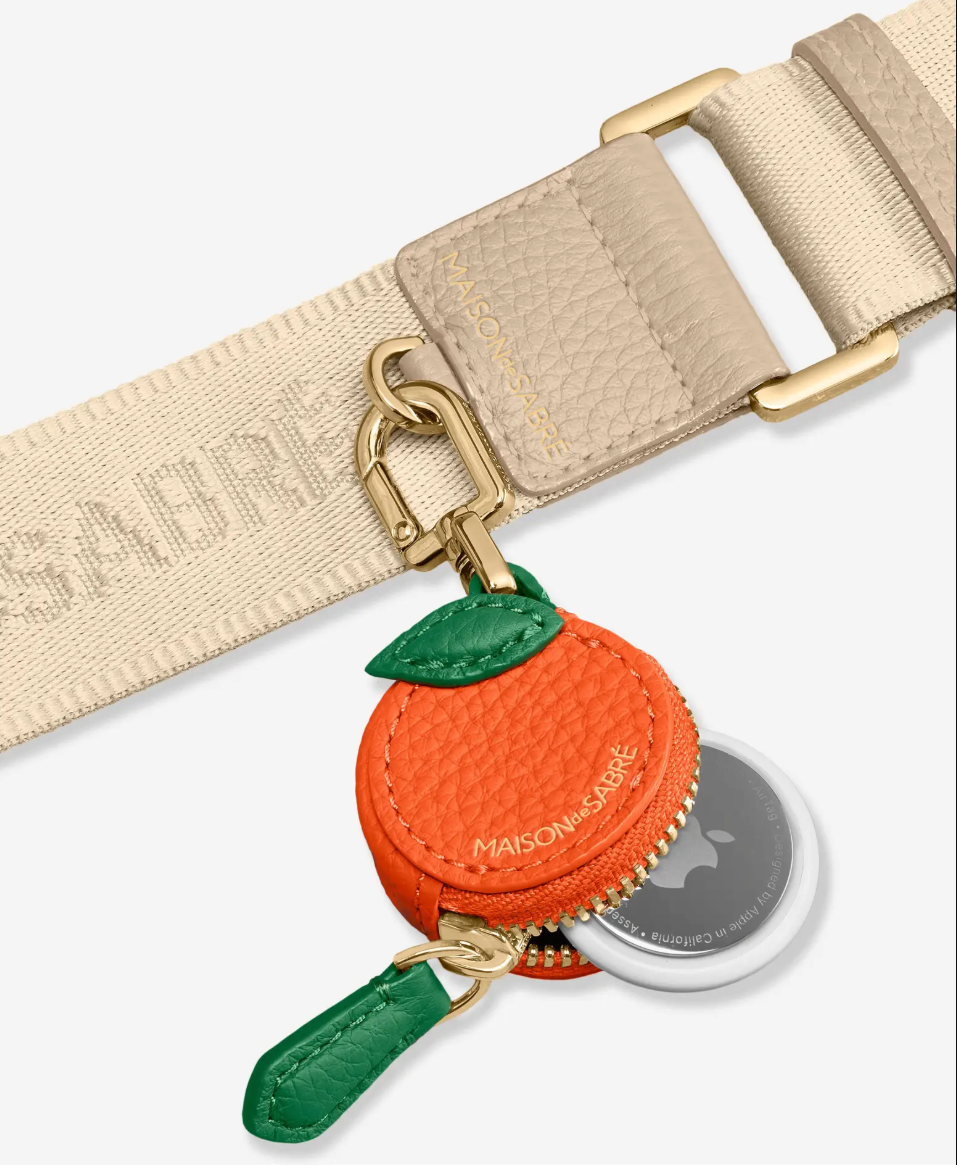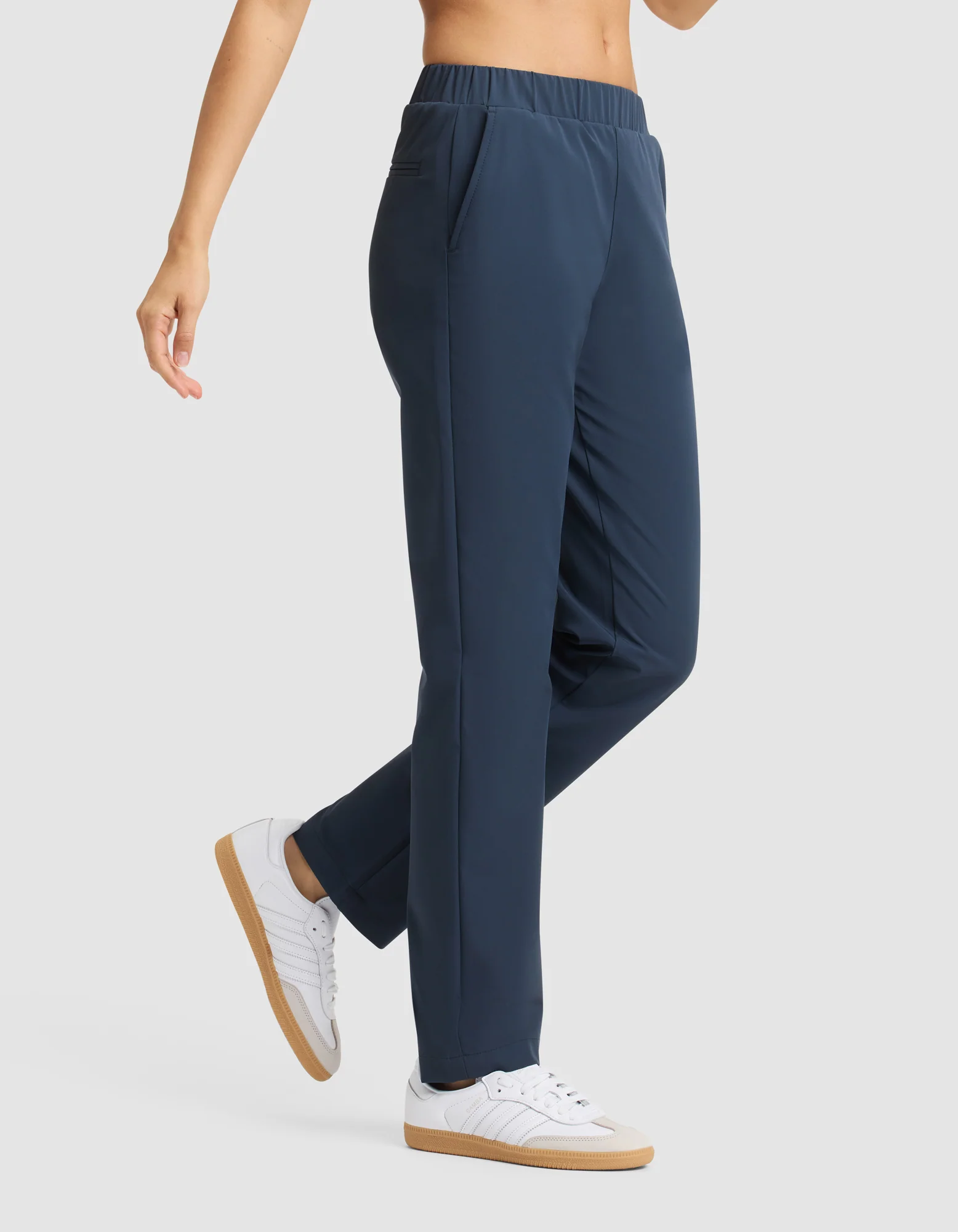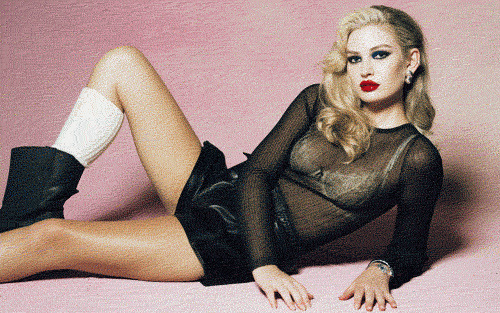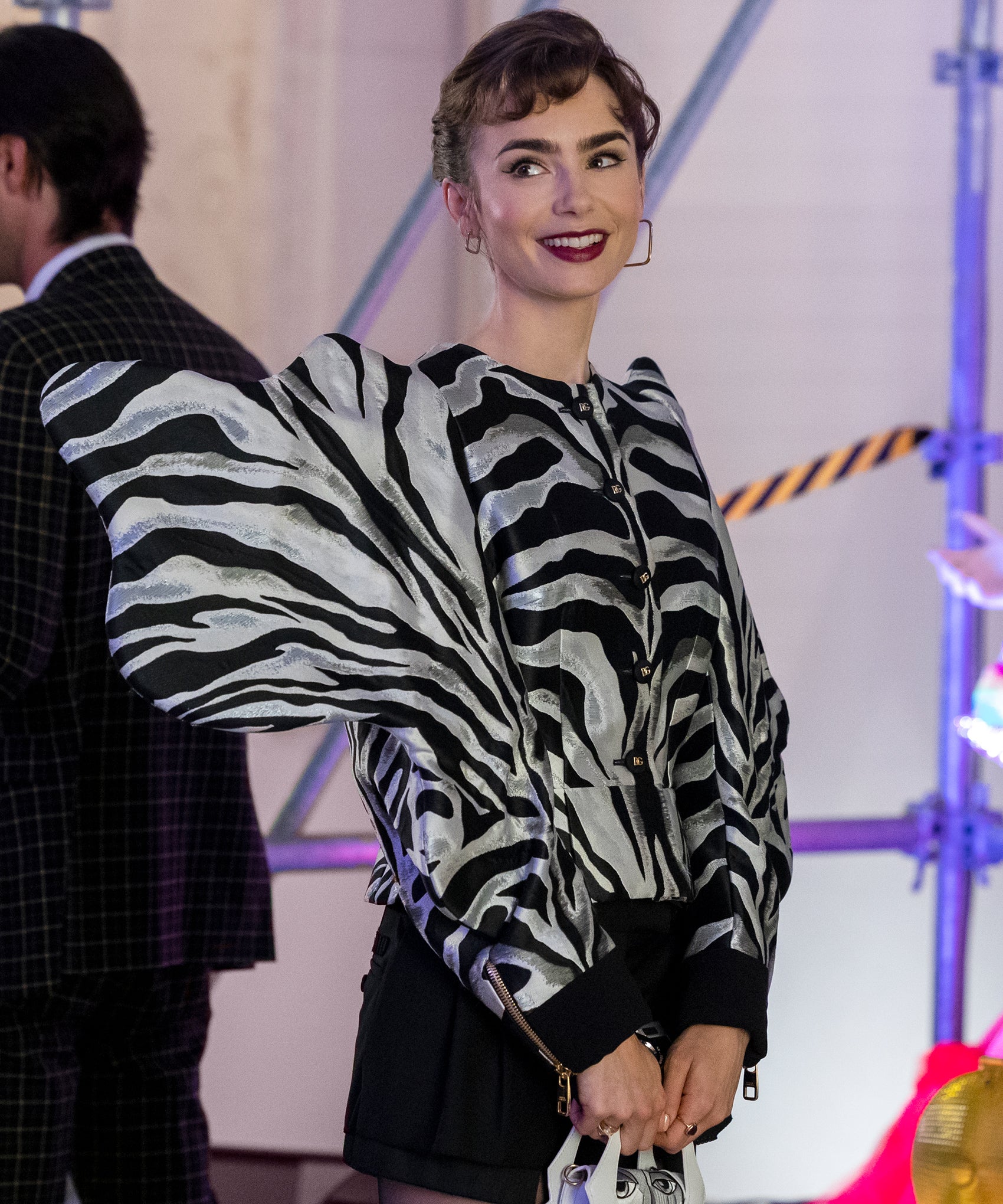
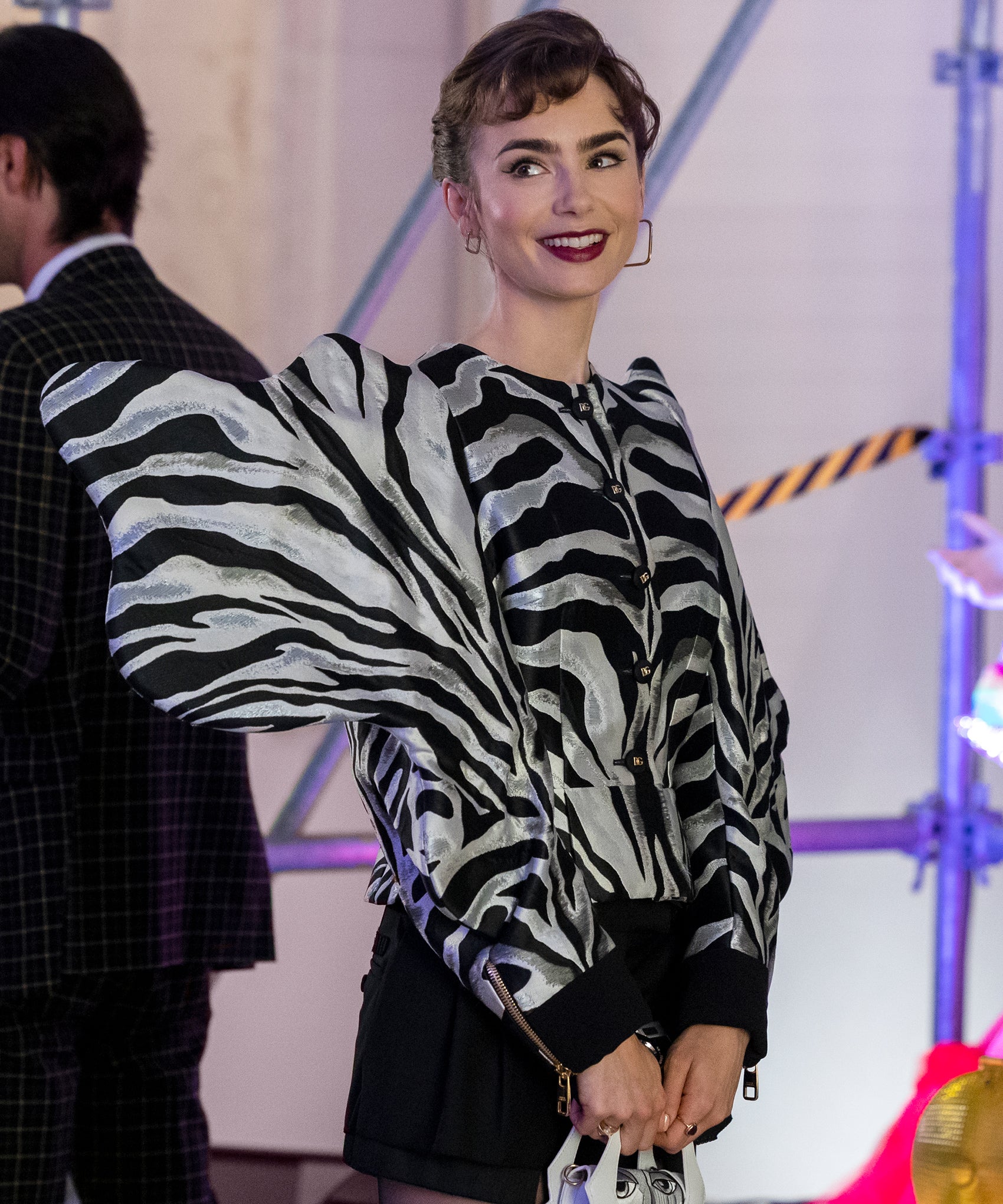
Warning: Minor spoilers ahead for Emily In Paris.
Back in 2020, when Netflix’s Emily in Paris first premiered, the style of the show became a cast member in its own right. Decked in her best “French girl” cosplay, Emily Cooper (played by Lily Collins) — an American marketing executive who moves to Paris for a one-year stint — moved from Chicago to the Savoir Agency in unrealistic and polarizing outfits that many dismissed from the start. But over the years, as social media continues to tear apart the outfits in the show, costume designers Patricia Field and Marylin Fitoussi have managed to continue outdoing themselves with over-the-top clothes that make us dream, cringe, and yes, question our own tastes by flipping the French girl style trope on its head.
“Everybody can think what they want of what is French style,” says Fitoussi, who worked as the solo costume designer for season 3, out now. “My lesson in life and what I wanted to teach people is that they should decide by themselves what is French style, what is ‘good’ style.”
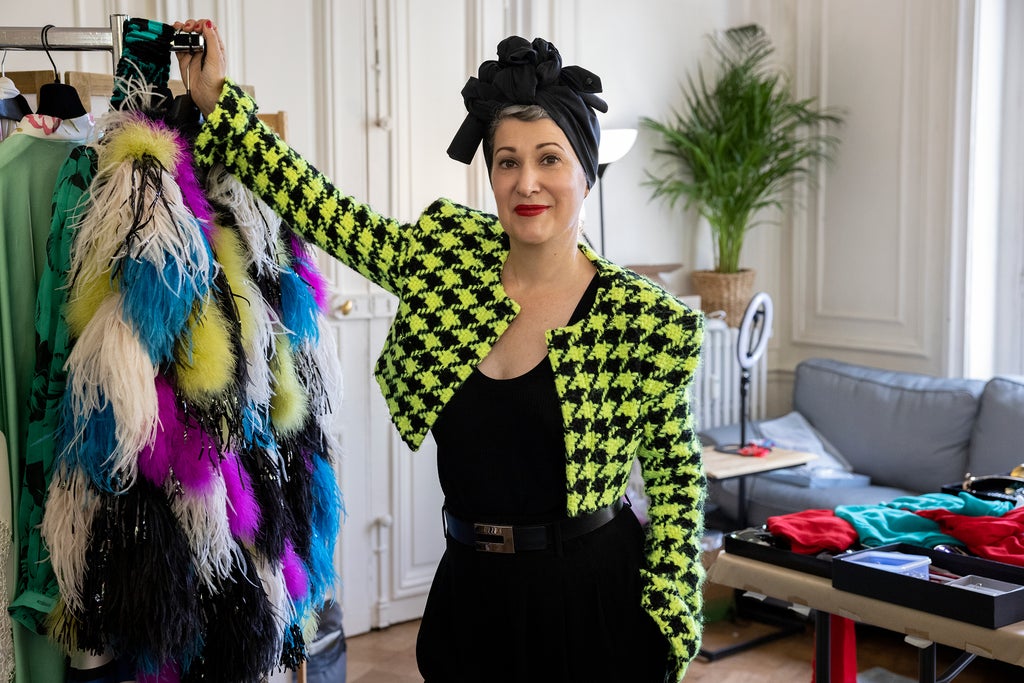
Over the past decade, social media has been largely responsible for the emergence of the French girl stereotype – think breton stripes, casual elegance, and lots of neutral colors – positioning it-girls like Jeanne Damas, Caroline de Maigret, Ines de la Fressange, and Camille Rowe as go-to fashion inspirations. On TikTok, searches for “French girl style” have nearly 400 million views, while the hashtag #frenchgirlstyle has amassed over 47 million.
So when Emily in Paris debuted, it revealed just how far our collective obsession had gone, with a little gatekeeping thrown in, and subconscious snobbery about who gets to wear this style and what it actually looks like. Most criticism was directed towards protagonist Emily Cooper. Vogue, for example, called her clothes the “most cringe-worthy trigger of them all,” while Elle described Emily as having a “frenzied dress sense.” This wasn’t the case for her French boss Sylvie, or Camille, her Parisian friend, both of whom whose chic, je ne sais quoi ensembles – complete with a neutral color palette and a style reminiscent of Carine Roitfeld and Jeanne Damas, respectively – earned applause from viewers.
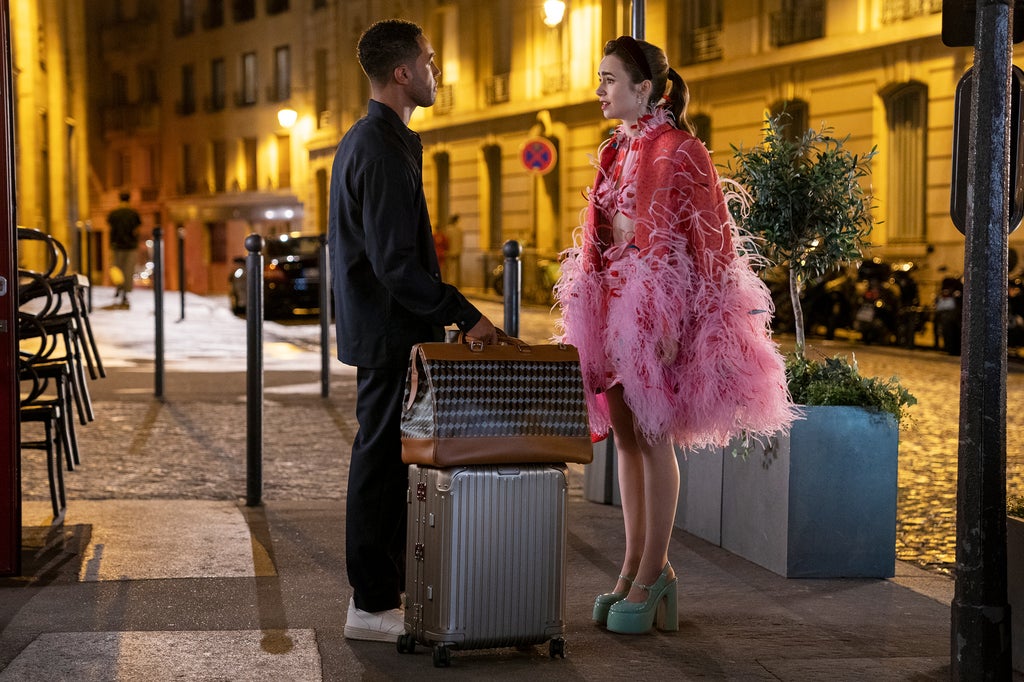
But as season 3 premieres, things have taken a sartorial turn.
We start the season with Emily deciding to stay in Paris, when her boss Sylvie opts to open her own agency. After two seasons of love-hate banter with each other, it seems Emily’s hard work and chipper optimism is not only earning her respect in the French marketing landscape, but actually rubbing off on Sylvie, and vice versa. “Little by little, [Emily] became what she is and it’s a little bit of a new style now,” says Fitoussi of Emily’s fashion transition.
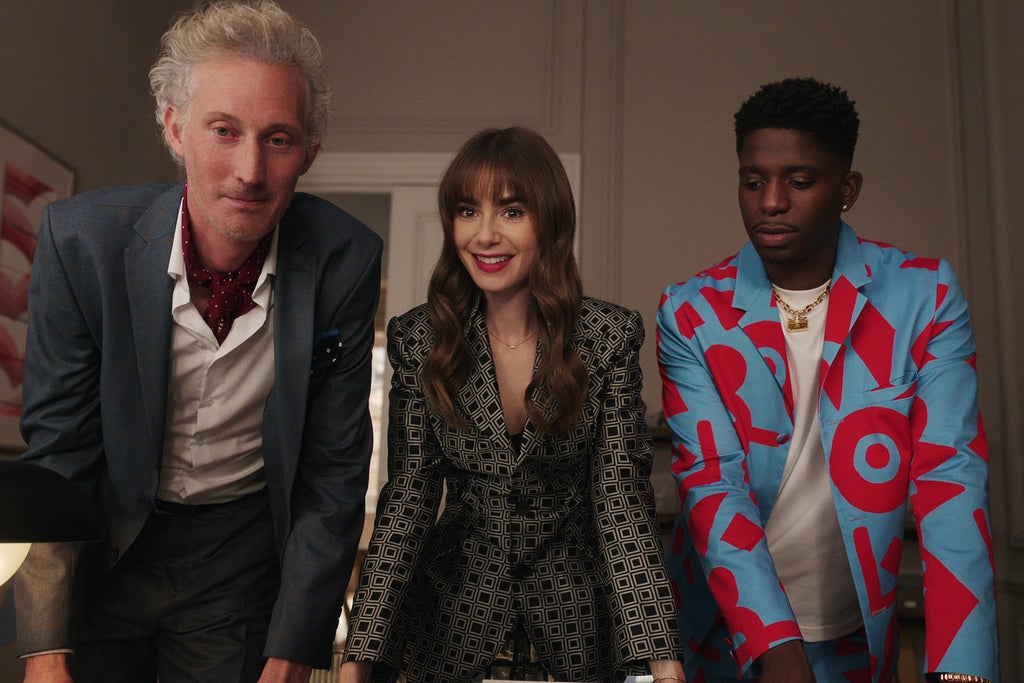
A prime example of this chameleonic adaptation is seen on the first episode of season 3, when Emily has a nightmare that she’s on the top of the Eiffel Tower — dressed in a hot pink feather cape — and is pushed off when she’s pressured to make a decision between staying with her old firm or joining Sylvie’s new agency. According to Fitoussi, this imaginary fall represents the literal death of the old Emily and her style, specifically her ultra feminine Barbiecore aesthetic. “[It’s] saying goodbye to pink, a way of saying ‘let’s go with another color now,’” she says. From that moment, Emily’s style quickly changes from a “more is more” mindset to a more subdued, polished version. Take, for example, the yellow suit she wears during a park outing with her friend Mindy (played by Ashley Park), which she pairs with matching platform heels, knee-high socks, and a printed scarf. While the head-to-toe yellow may seem like an over-the-top choice, Emily’s decision to go with a unified color palette instead of clashing pieces signals an evolution in her approach to fashion. She also switches her quintessential shorts suits for more grown-up monochrome versions that look straight out of Sylvie’s wardrobe.
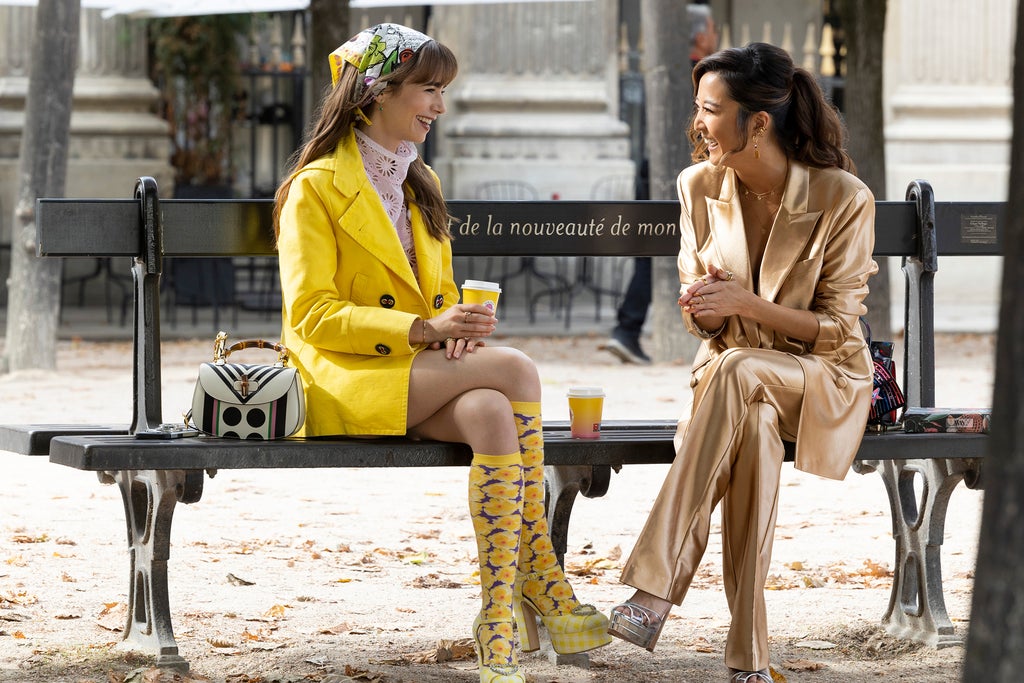
For Fitoussi, this constant transformation is the best part of her job. “It’s a challenge for me and it’s what makes me joyful and pushes my limits to surprise people, because if not, I’m bored,” she says.
At the same time, if Emily is changing her stripes, then so is Sylvie. While for the past two seasons we’ve seen the Parisian executive opt for little black dresses, white button-down shirts, and chic suits, she’s slowly embraced color, prints, and silhouettes that signal her sartorial cocoon is opening up. Take, for example, an orange shirt and white trouser combo she wears to the office, or another look, consisting of a white trench dress with a coral-printed belt. “Sometimes we asked [ourselves]if we put too much color or not, so we’re very curious also to see how the audience will receive it,” says Fitoussi.
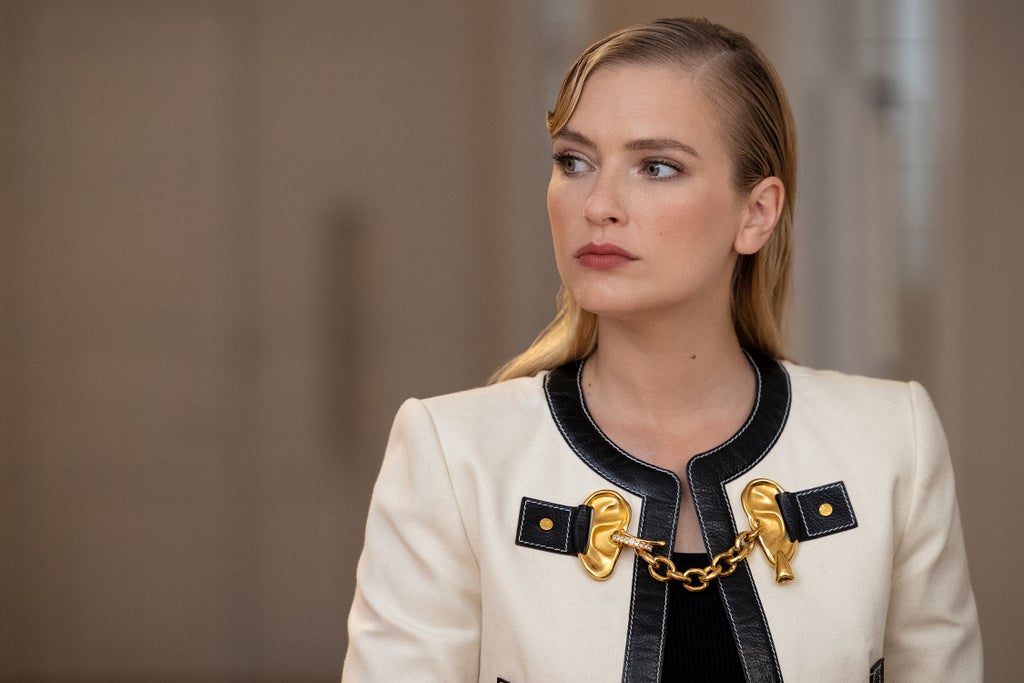
But Fitoussi also cleverly hid this transition by using one of the most eccentric French brands in history, Schiaparelli, to dress both Sylvie and Camille, and setting up parallels between the Parisian characters and the late designer. “It made sense for me to use Schiaparelli because she was this very strong woman, very avant garde,” she says of Elsa Schiaparelli, the surrealist designer who founded the French house. “I wanted first that the French women [in the show]would be able to wear that.” In season 3, we see Camille, for example, wearing a black and white cropped blazer that features gold ears as placeholders for buttons, while Sylvie sports a black dress with gold chain straps and nipple covers, both uncharacteristically gaudy for the two women. For Fitoussi, it was also a chance to bring an American perspective into French style by collaborating with the brand’s current creative director Daniel Roseberry: “Daniel grew up in the United States, and still, [his work]captures [Elsa Schiaparelli’s] spirit and transcends what Elsa did.”
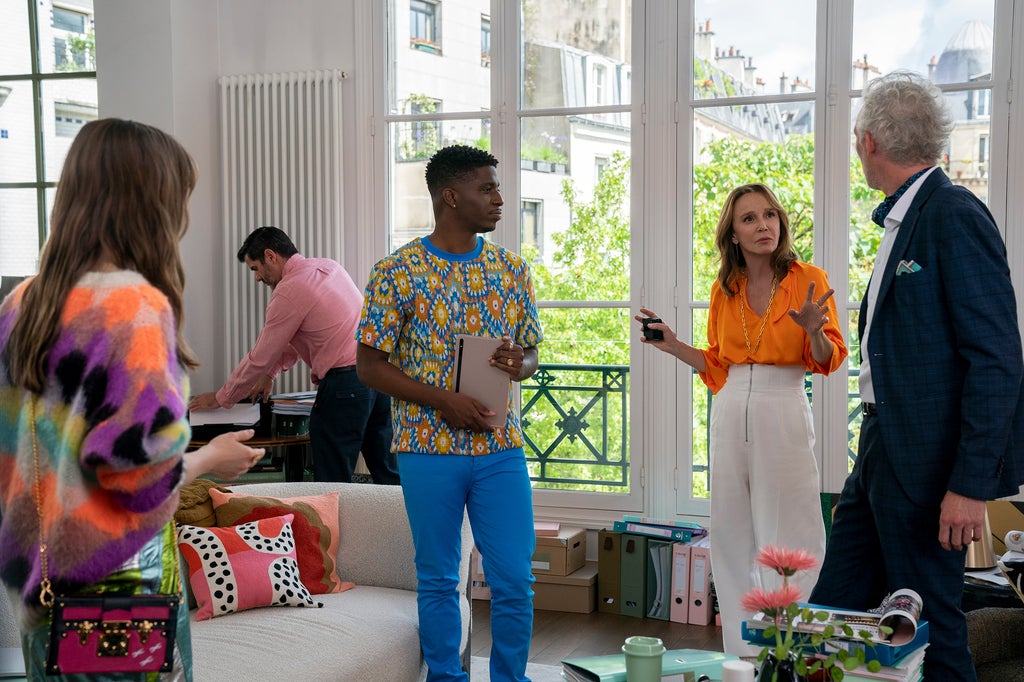
As these characters’ styles blend into one another, Fitoussi is patiently awaiting the usual discourse on social media, knowing there will undoubtedly be criticism. “You will always be tacky for someone and a goddess for someone else,” she says. “It’s a lesson of tolerance, it’s a lesson of freedom, and that people can decide whatever they want.”
Like what you see? How about some more R29 goodness, right here?
Ashley Park x Rent The Runway Is In Emily In Paris


